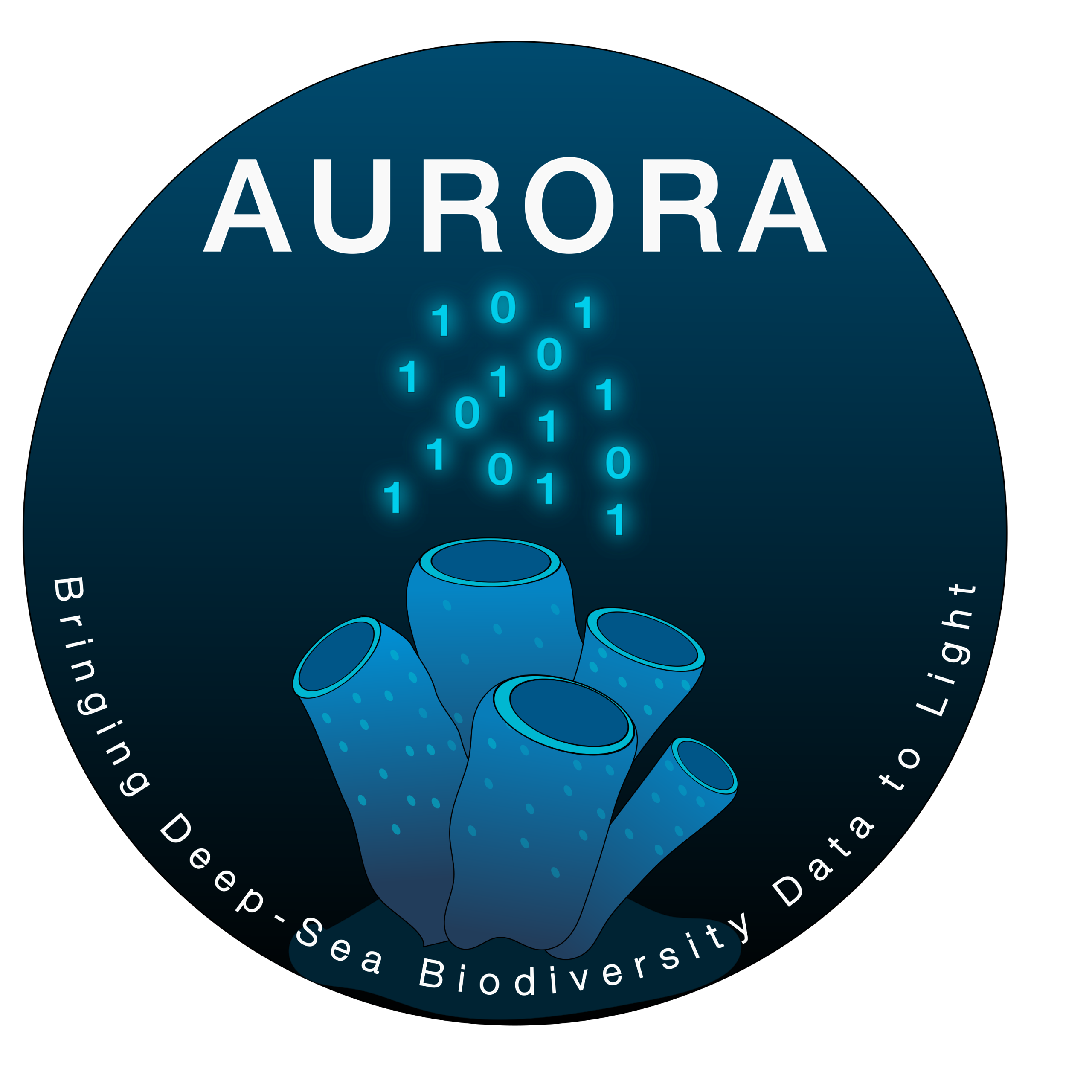
The deep sea covers approximately 65% of the planet’s surface. It is the largest biome on Earth and one of the least explored and understood. Given its vastness and the growing recognition of its ecological and economic importance (e.g., climate regulation, mineral resources, biotechnological potential), sharing deep-sea biodiversity data is essential for advancing knowledge about this biome and supporting innovative initiatives such as the development of the European Digital Twin of the Ocean. However, deep-sea biodiversity data (>200 m) in European marine waters account for only 11% of records in databases like the Ocean Biogeographic Information System (OBIS). For depths greater than 3500 meters, this number drops to about 1% of total records.
The Digital Marine Biodiversity Lab at the University of Aveiro holds a vast collection of biological data from numerous deep-sea campaigns. This project aims to expand deep-sea biodiversity datasets on the EMODnet Biology portal, contributing to European policies such as the Marine Strategy Framework Directive (MSFD) and the EU Biodiversity Strategy for 2030. The data flow we intend to create will begin with the release of data from the Aurora seamount and adjacent areas, located on the Gakkel Ridge in the Central Arctic Ocean.
This project will also develop a user-friendly tool to facilitate biodiversity data processing, from formatting to submission to online repositories. The tool will ensure compliance with the FAIR Principles – Findable, Accessible, Interoperable, and Reusable – and international standards for scientific data management and curation.